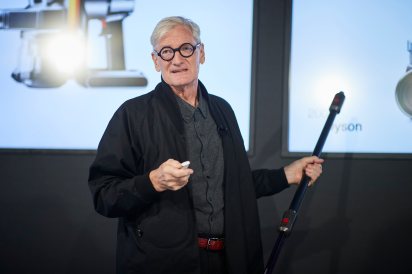A core piece of advice I’ve heard from countless successful founders over the years is deceptively simple: find a problem and solve it.
It’s not always about leveraging cutting-edge tech to turn AI into your income source; more often than not, the most powerful businesses are born from a simple, personal frustration.
As I’ve looked into the origin stories of major companies, I’ve noticed this pattern everywhere. The founders didn’t start with a grand vision of a global empire; they started by trying to fix something that annoyed them personally.

Airbnb: Solving a Rent Crisis
Take Airbnb, the travel site we all know. Its origin wasn’t in a fancy office with a detailed business plan. The company started because its founders, Brian and Joe, were facing a very common problem: they couldn’t afford their rent in San Francisco.
Their solution was simple and immediate. The founders bought a few air mattresses and rented out sleeping space on their floor to people attending a local conference.
That small experiment became the starting point of their business. As growth slowed, they ran into another issue: listings with bad photos weren’t getting booked.
So they did something that didn’t seem scalable at all—a crucial step before you can even think about how to scale your business with simple systems. They went to New York, rented a camera, and started taking professional pictures of the apartments themselves.
Bookings shot up immediately. They weren’t thinking about a global strategy; they were just solving the next problem right in front of them.

Dyson: From Annoyance to Innovation
Then there’s the story of James Dyson. James Dyson wasn’t a corporate executive searching for a new market.
Instead, he was just a man tired of his vacuum cleaner.
He was frustrated that his vacuum lost suction as the bag filled, a flaw most owners simply accepted back then.
This personal annoyance led him down a five-year path of building over 5,000 prototypes until he perfected his bagless design.
But solving the product problem was only the first step. He then faced a new one: every major vacuum company turned him down. Why? Because they made a lot of money selling replacement bags, and Dyson’s invention would destroy that business model.
Instead of giving up, he tackled that problem, too, by starting his own company. His better vacuum, born from a simple frustration, eventually won over the world.

Lego: Saving a Brand by Returning to Basics
Returning to core problems can even save a company from collapse, unlike WeWork’s $47 billion downfall
In the early 2000s, Lego was facing its own crisis. They had lost their way, trying to do too much—making jewelry, running theme parks—and forgot about the simple, classic brick that made them famous.
To save the company, they went back to basics and solved their core problem. They focused intensely on their main product and started listening to their biggest fans, including the adult Lego enthusiasts.
They even built a platform where fans could submit their own designs. The solution wasn’t flashy; it was returning to their strength—solving problems with a system for endless creativity.

From a rent crisis solved with an air mattress to a global toy company saved by its classic brick, the lesson is clear.
The most enduring businesses often start not with a search for profit, but with a search for a solution to a real, tangible problem.

